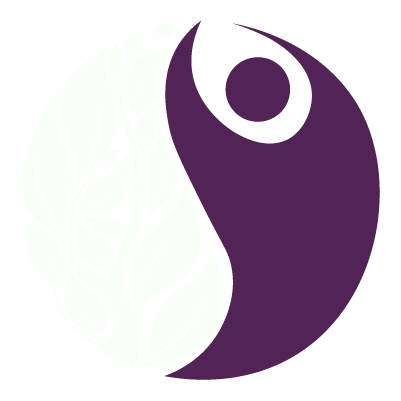DEFINE, DISCOVER & DO SERIES
Stimulate the Vagus Nerve
for Stress Reduction
DEFINE
The vagus nerve is 10th of 12 cranial nerves, which are collectively responsible for either sensory and motor functions, or a combination thereof. It’s list of functions include motor, sensory and parasympathetic nervous system. The latter oversees several crucial functions, such as control of mood, digestion, heart rate, and immune response. It’s often considered a major component of the “mind-body” connection.
The Latin term for “wandering,” vagus is the longest cranial nerve, emerging from the brainstem, going through the neck and chest, and extending into the abdomen. The vagus nerve connects most major organs to the brain.
Motor:
Throat and soft palate.
Sensory:
Outer ear, throat, heart, abdominal organs, and taste.
Parasympathetic:
DISCOVER
Researchers in 2010 discovered a positive connection between high vagal tone, positive emotions and good physical health. Vagal tone is simply the internal biological process representing vagus nerve activity, and it’s a useful measure of the body’s ability to regulate responses to stress. High vagal tone activates the body’s parasympathetic nervous system. Increasing your vagal tone means your body will be more equipped to relax faster after stress.
Vegas nerve stimulation (VNS) is a great way to increase vagal tone. Generally speaking, VNS is any technique used to stimulate the vagus nerve, by means of electrical or manual stimulation. VNS is associated with heightened resistance to stress and is correlated with higher heart rate variability (HRV).
Research has shown both manual and electrical VNS treatments to be effective for conditions like rheumatoid arthritis, treatment-resistant anxiety disorders, depression, epilepsy and more.
DO
Pay attention to your vagal tone and make sure consider adding manual VNS to your healthcare routine to increase your vagal tone and reduce stress.
Consider adding physical and/or psychological VNS exercises that can indirectly stimulate the vagus nerve. Here are the top recommended:
Exposure & Acclimation to Cold
Respiratory vagal nerve stimulation (rVNS) yoga/meditation/tai chi
Chanting/Singing/Guided Breathing (Respiratory sinus arrhythmia – RSA)

